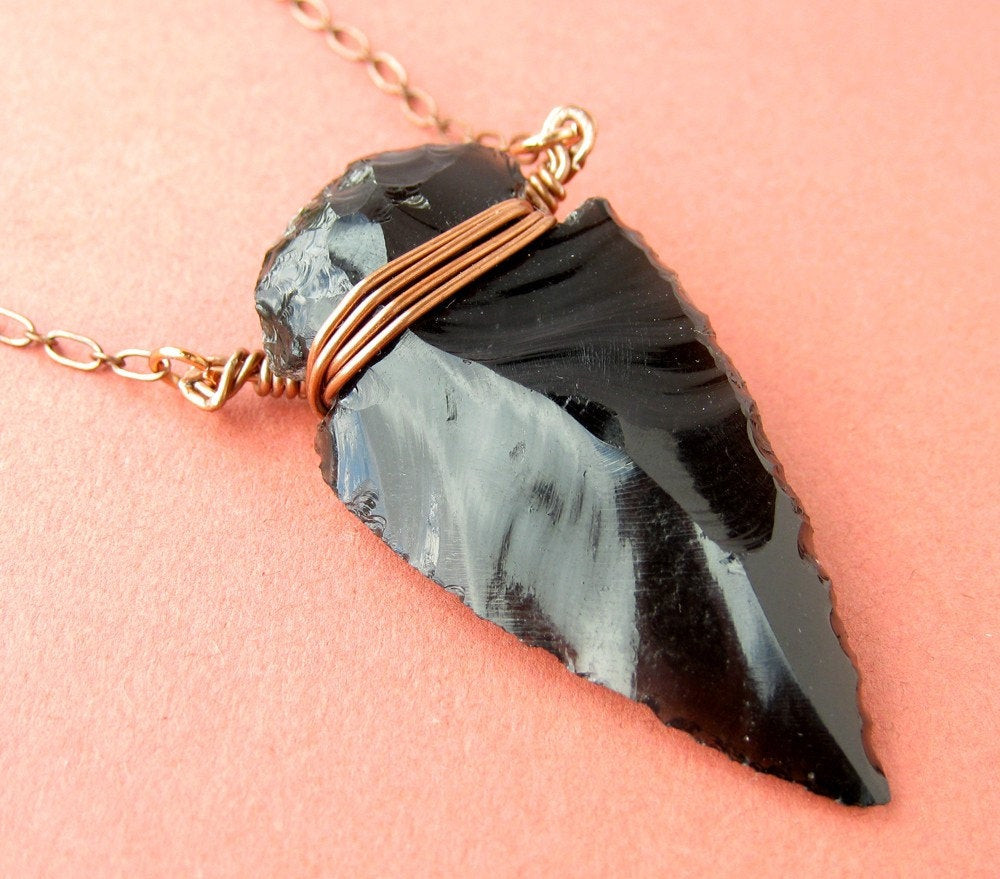


Its hard and sharp edges helped with cutting, tools, rituals (and instruments of worship), and military weapons that were centralized and mass produced in Teotihuacan, according to a Historical Mx report. Over time, it became a highly integrated material in daily and ritual life, so much so that its use is often touted as a reason why the Mesoamericans lacked advanced metallurgy skills. Felsic lava cools down at a fast rate and forms into a crystalline volcanic glass that turns into a variety of colors: ranging from black and grey to green and blue, depending on the location where it was formed. It is rich in the lighter elements like silicon, oxygen, aluminum, sodium, and potassium, as it comes from felsic lava. Obsidian is a type of black volcanic glass, formed when lava cools after coming out of a volcano. New Study Verifies Aztec Manufacture of John Dee’s Obsidian Spirit Mirror.The Powerful and Mysterious Spider Woman of Mexico.It is safe to say that for thousands of years, people living in the Sierra de las Navajas area have exploited the rare deposits of this semi-precious stone. Obsidian is known to be one of Mesoamerica’s most important materials, with Teotihuacan controlling the trade of this valuable commodity, roughly between the 1st century AD and 600 AD. “The main production in the deposits of the Sierra were the preforms, and considering that Teōtīhuacān carving is very special, to the extent that a single wrong blow can ruin the raw material, it should have been more efficient to make the preforms in the deposit and finish the spikes in Teōtīhuacān,” said Alejandro Pastrana Cruz from the Directorate of Archaeological Studies of the National Institute of Anthropology and History. (Mauricio Marat / INAH ) Obsidian Mines and Obsidian Value in Pre-Hispanic Societies Inside one of the more than 500 pre-Hispanic obsidian mine shafts recently discovered in the Sierra de las Navajas mountainous area of Central Mexico, 31 miles (49.88 kilometers) northeast of the ancient city of Teotihuacan. Additionally, ceramic pieces and architecture containing obsidian pieces from the Teotihuacan period have also been discovered and are under examination, according to the INAH press statement. Archaeologists and historians working at the site have no idea yet of how extensive this “cottage” industry was.

This highly useful material was transported from the obsidian mines and then refined and worked on in workshops. More than 500 obsidian mine shafts in the Sierra de la Navajas have been uncovered, helping researchers gain new insights into the daily obsidian mining operations during the Teotihuacan era, which was at its peak from about 1500 AD. Obsidian mines mined by the pre-Hispanic Mesoamerican tribes of Central Mexico, located just 31 miles (49.88 kilometers) northeast of the ancient city of Teotihuacan, were discovered by archaeologists in earlier this week.


 0 kommentar(er)
0 kommentar(er)
